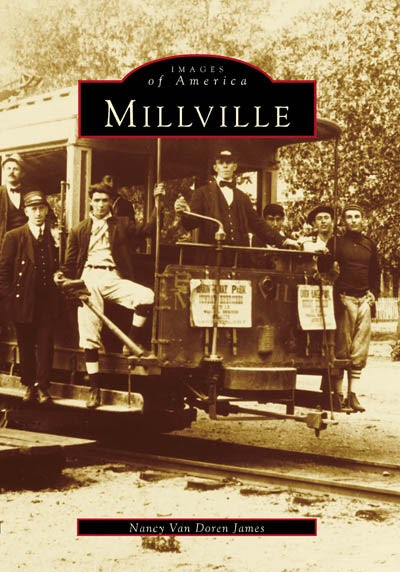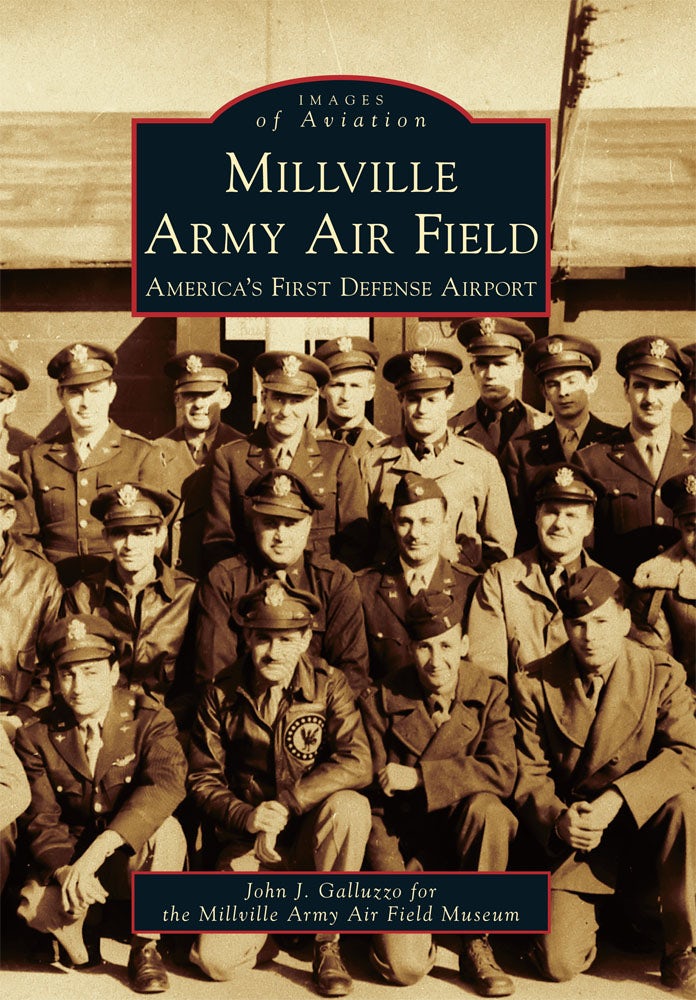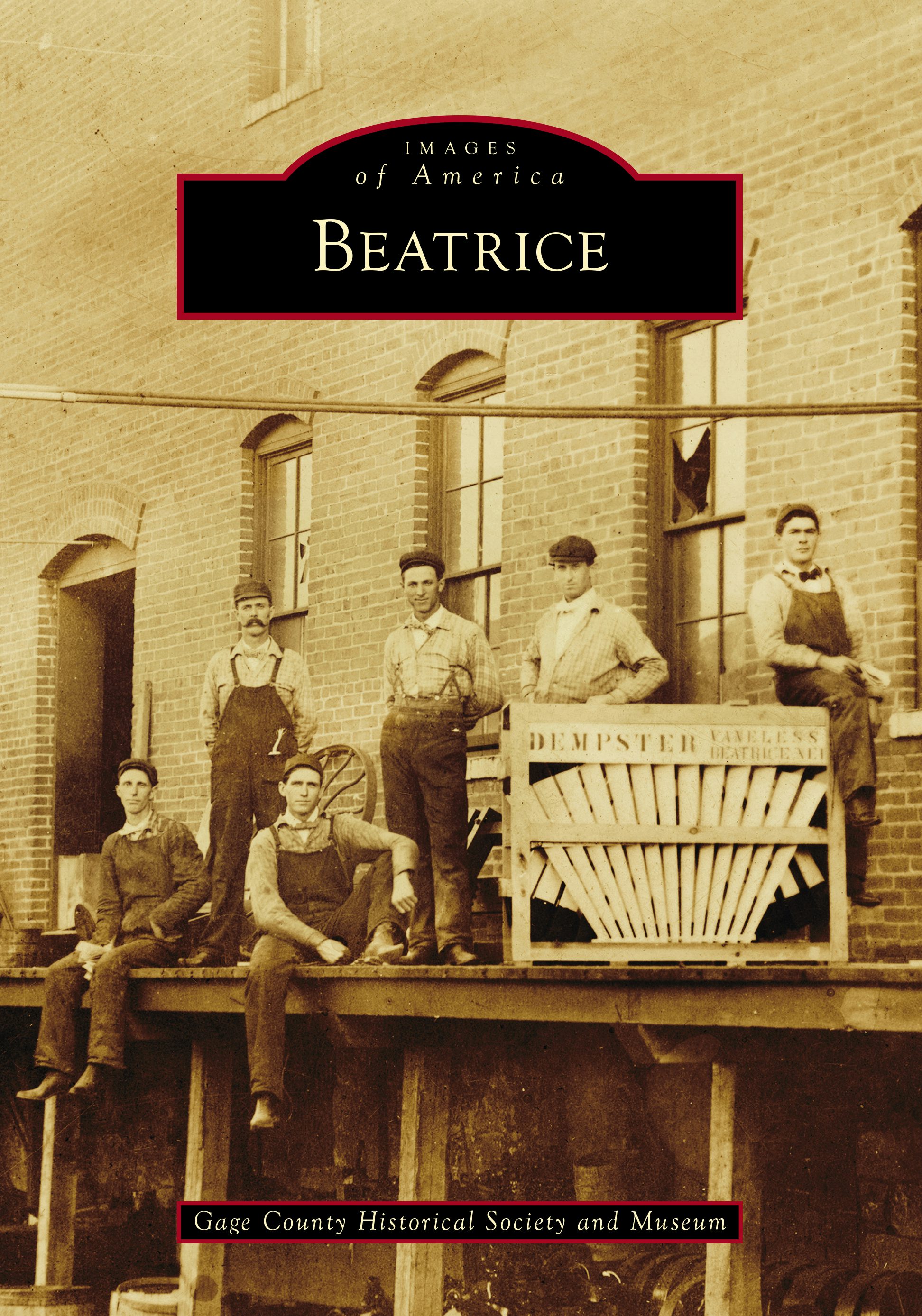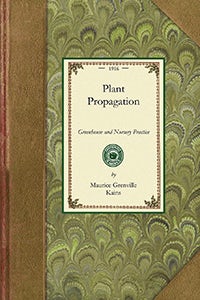
Scotsman Samuel Campbell's paper "mill-on-the-burn"
and the Native American-named "short hills" were the origins of the area known today as Millburn and Short
Hills. Millburn Township is recognized throughout the
country for its natural beauty, ambiance, and fine schools. After the Revolutionary War, the locale changed from a rural area of farms to one dominated by paper and felt mills. With the development of the railroad community of Wyoming in the 1870s, the town again changed course. Soon thereafter, Stewart Hartshorn, inventor of the spring window shade, chose the town for his... Read More
and the Native American-named "short hills" were the origins of the area known today as Millburn and Short
Hills. Millburn Township is recognized throughout the
country for its natural beauty, ambiance, and fine schools. After the Revolutionary War, the locale changed from a rural area of farms to one dominated by paper and felt mills. With the development of the railroad community of Wyoming in the 1870s, the town again changed course. Soon thereafter, Stewart Hartshorn, inventor of the spring window shade, chose the town for his... Read More
Format: Paperback
and the Native American-named "short hills" were the origins of the area known today as Millburn and Short
Hills. Millburn Township is recognized throughout the
country for its natural beauty, ambiance, and fine schools. After the Revolutionary War, the locale changed from a rural area of farms to one dominated by paper and felt mills. With the development of the railroad community of Wyoming in the 1870s, the town again changed course. Soon thereafter, Stewart Hartshorn, inventor of the spring window shade, chose the town for his... Read More






